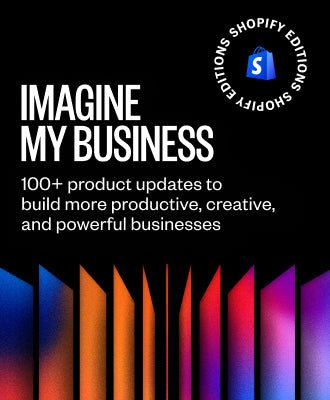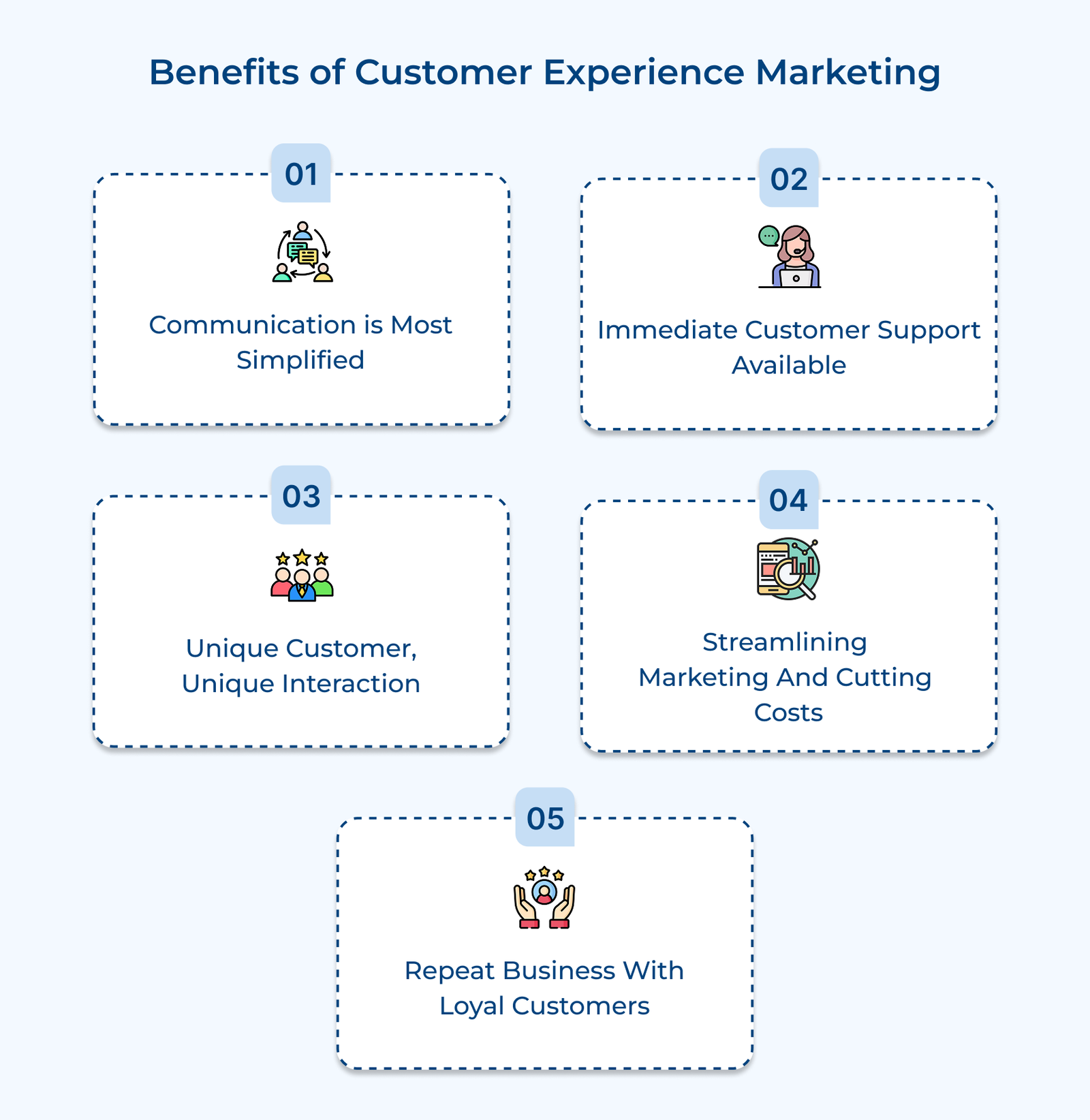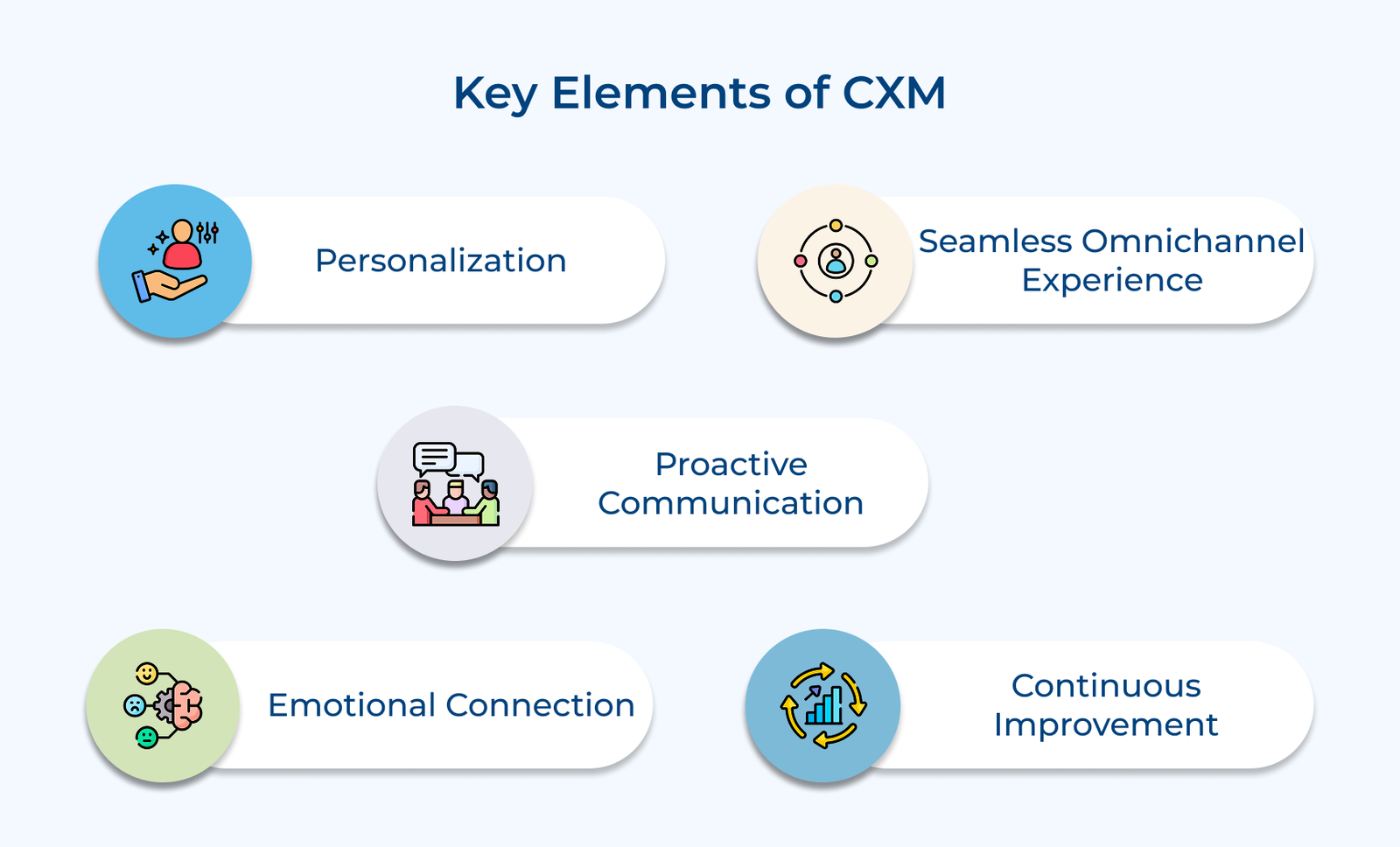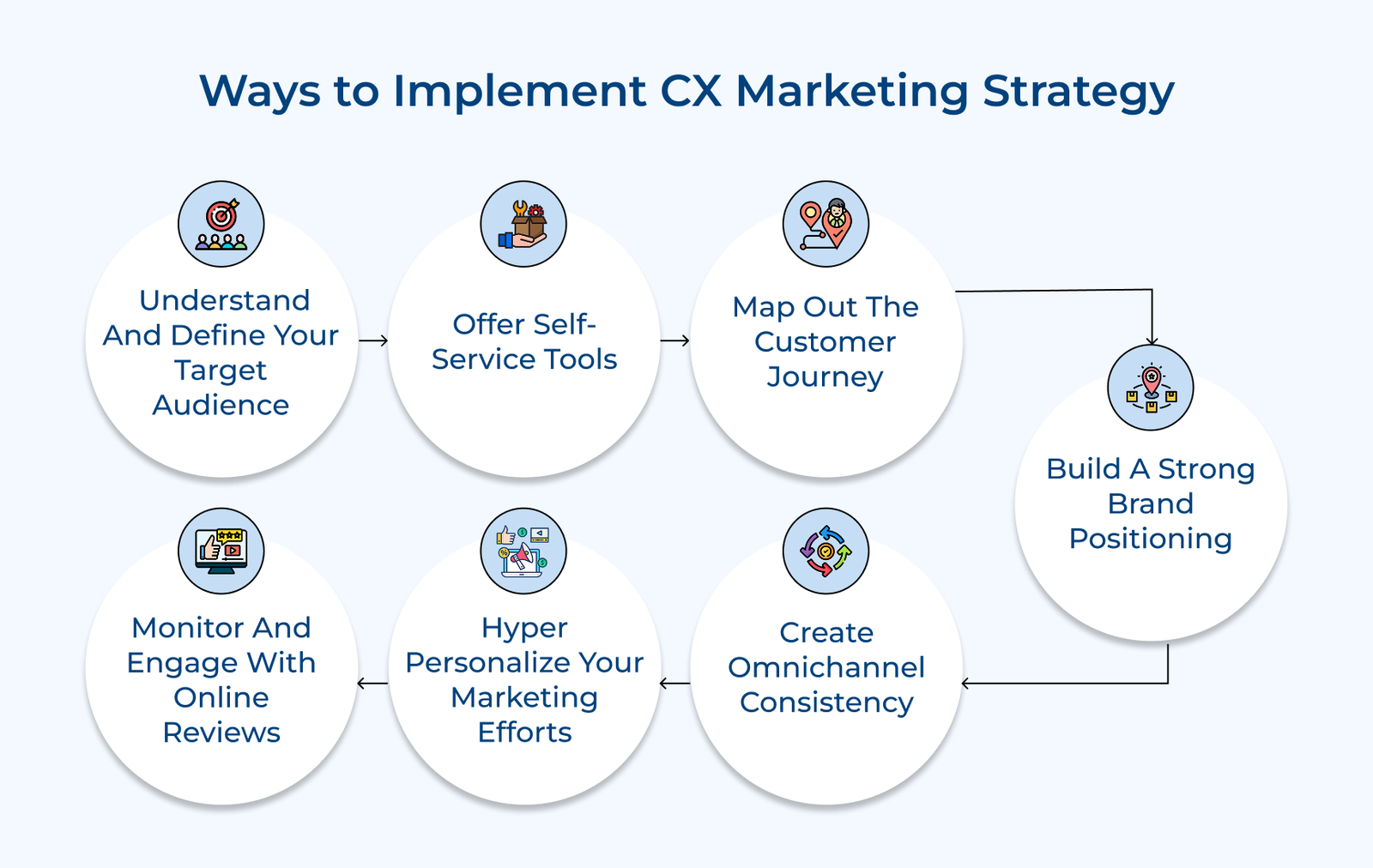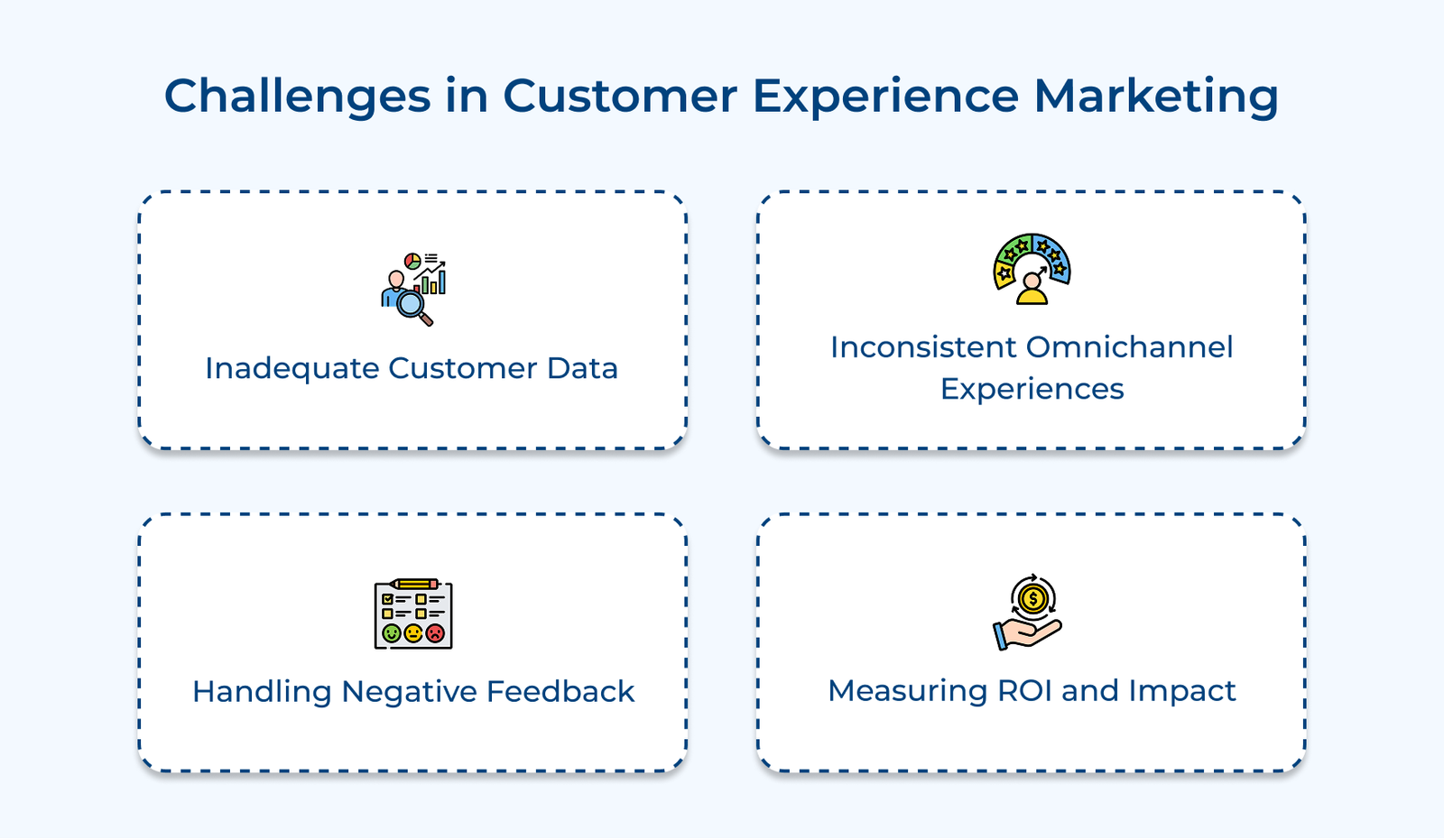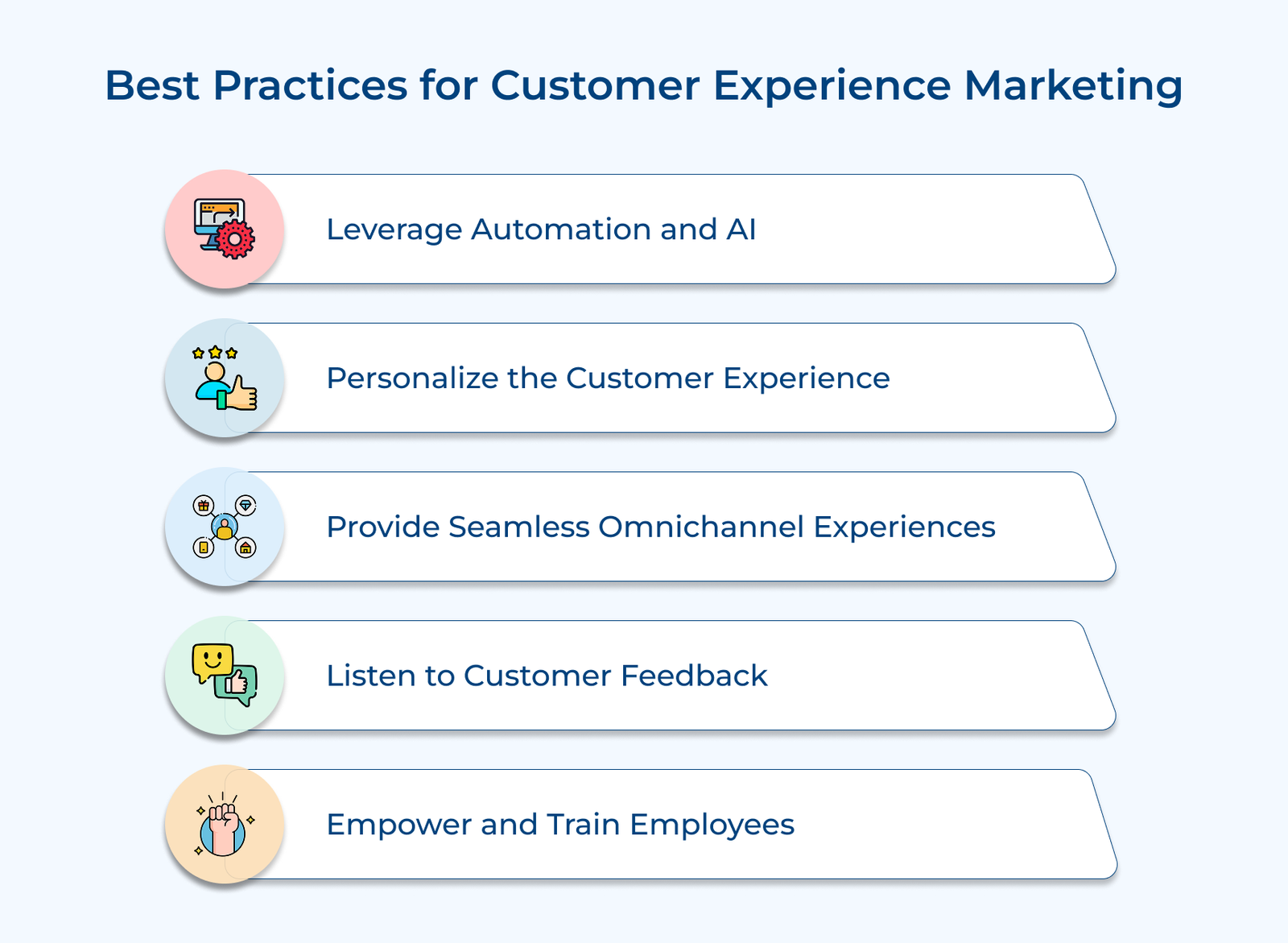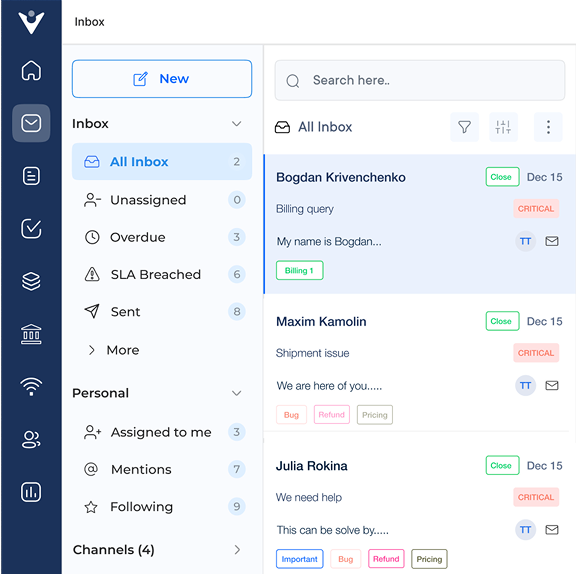1. Understand and Define Your Target Audience
You must know who your target audience is. It is only then that you will be able to create solutions and offerings that will resonate with them on a deeper level. The likelihood of them engaging with the brand and making a purchase is far higher when you know them well.
Make sure you use the resources on the channels that have the potential to impact the potential customers instead of broad, generic marketing efforts. You have to reach the right people in the most efficient way possible.
Pro tips:
- Conduct thorough market research to get insights into the demographics, behaviors and preferences of your target audience.
- Develop buyer personas to represent different segments of the target audience.
- Continuously analyze feedback to improve your understanding of the target audience.
2. Offer Self-Service Tools
Offering self-service tools gives your customers more control in accessing information. It empowers them to improve their overall experience. Businesses with efficient self-service channels saw a 35% increase in customer satisfaction and a 25% reduction in support costs.
Businesses often provide a knowledge base or FAQ section where their customers can easily find answers to commonly asked questions. You can also consider using a chatbot or virtual assistant to assist with basic inquiries.
Pro tips:
- Clearly communicate the availability and benefits of self-service tools to customers. Make them aware of the options so they can utilize them.
- Continuously update and improve self-service tools based on customer feedback.
- Make sure there’s a seamless integration between self-service tools and other customer touchpoints.
3. Map Out the Customer Journey
One cannot possibly deliver excellent customer experiences without mapping out their customer journeys. That is the entire process a customer goes through, from the initial awareness stage to the post-purchase stage. Businesses can understand if there’s any areas that can be improved to enhance the customer experience.
Take the customer journey mapping like creating a detailed travel itinerary that shows every stop along the way. Just as travelers encounter different experiences at airports, hotels, and destinations, your customers face various touchpoints. These shape their overall impression of your brand throughout their entire relationship with you.
Pro tips:
- Gather extensive data and insights on customer behaviors at each stage of the journey.
- Involve cross-functional teams, departments to ensure a holistic understanding of the customer journey.
- Regularly review and update the customer journey map to align with evolving customer needs.
4. Build a Strong Brand Positioning
Brand positioning is not just a logo or tagline. It’s how customers see and trust you. Having clear positioning is important as it sets you apart from competitors and builds credibility. When customers experience a genuine connection, they don’t just buy, they recommend, creating advocates who drive long-term growth for your business.
Brand positioning works like planting a flag on a mountain peak that represents your unique value amongst the crowd. When customers see your flag, they immediately understand what you stand for and why you deserve their attention over competitors who might offer similar products or services.
Pro tips
- Consistent delivery of brand promises and customer expectations builds reliability.
- Invest in building strong relationships with customers through personalized experiences and exceptional customer service.
- Develop a comprehensive brand strategy that aligns with the target market, values and desired positioning in the market to create a cohesive brand image.
5. Create Omnichannel Consistency
When your customers can interact with your brand across different channels, there needs to be consistency. You must ensure you are providing the same experience everywhere, without any contradictions. An effective omnichannel consistency reduces confusion, prevents frustration, and makes your brand feel reliable.
Here are three strategic approaches to achieve seamless omnichannel experiences:
- Channel integration strategy: Connect all customer touchpoints so information flows seamlessly between online and offline interactions. Build a technical infrastructure that allows data sharing between your website, mobile app, physical stores, and customer service teams.
- Message standardization process: Have unified brand voice and messaging guidelines that will remain consistent across every communication channel.
- Cross-channel data sharing: Implement systems that allow customer service teams to access complete interaction history regardless of contact method.
Think of omnichannel consistency as running a well-coordinated orchestra. When your different channels are in sync, the customers will have a cohesive experience instead of bouncing between disjointed teams that don’t communicate. It makes their interactions smoother, simpler and far more memorable.
6. Hyper Personalize Your Marketing Efforts
Hyper-personalizing your marketing efforts is important if you want to deliver personalized experiences to your customers. When the communication they receive is aligned to their preferences, it creates a connection that feels natural and meaningful, not forced.
Understanding a customer’s preferences, pain points, and behaviour well leaves a lasting impression. So make sure to hyper-personalize the marketing efforts if you want to provide genuine experiences.
Pro tips
- Collect and analyze customer data to get insights into customer preferences.
- Leverage marketing technologies to automate and scale the personalization process.
- Continuously optimize personalization efforts based on customer feedback and data-driven insights to ensure messaging remains effective.
7. Monitor and Engage with Online Reviews
Managing online reviews and your reputation is a key part of delivering top-notch customer experiences. These reviews give you direct insights into what’s working and what isn’t. Make sure to pay equal, if not more, attention to negative feedback. They show exactly where things are falling short, and addressing these gaps not only improves the experience for current customers but also makes it easier to attract new ones.
Pro tips
- Systematically monitor online reviews across different platforms to ensure timely as well as personalized customer interactions.
- Use customer feedback to make improvements to products or services. It shows your customers that you listen to their needs and are committed to providing a satisfying experience.
- Utilize reputation management tools to capture both positive and negative sentiment.
Challenges While Implementing Customer Experience Marketing and How to Fix Them
The following are the key challenges businesses face in CX marketing along with the solutions to help you transform these obstacles into opportunities for success.





